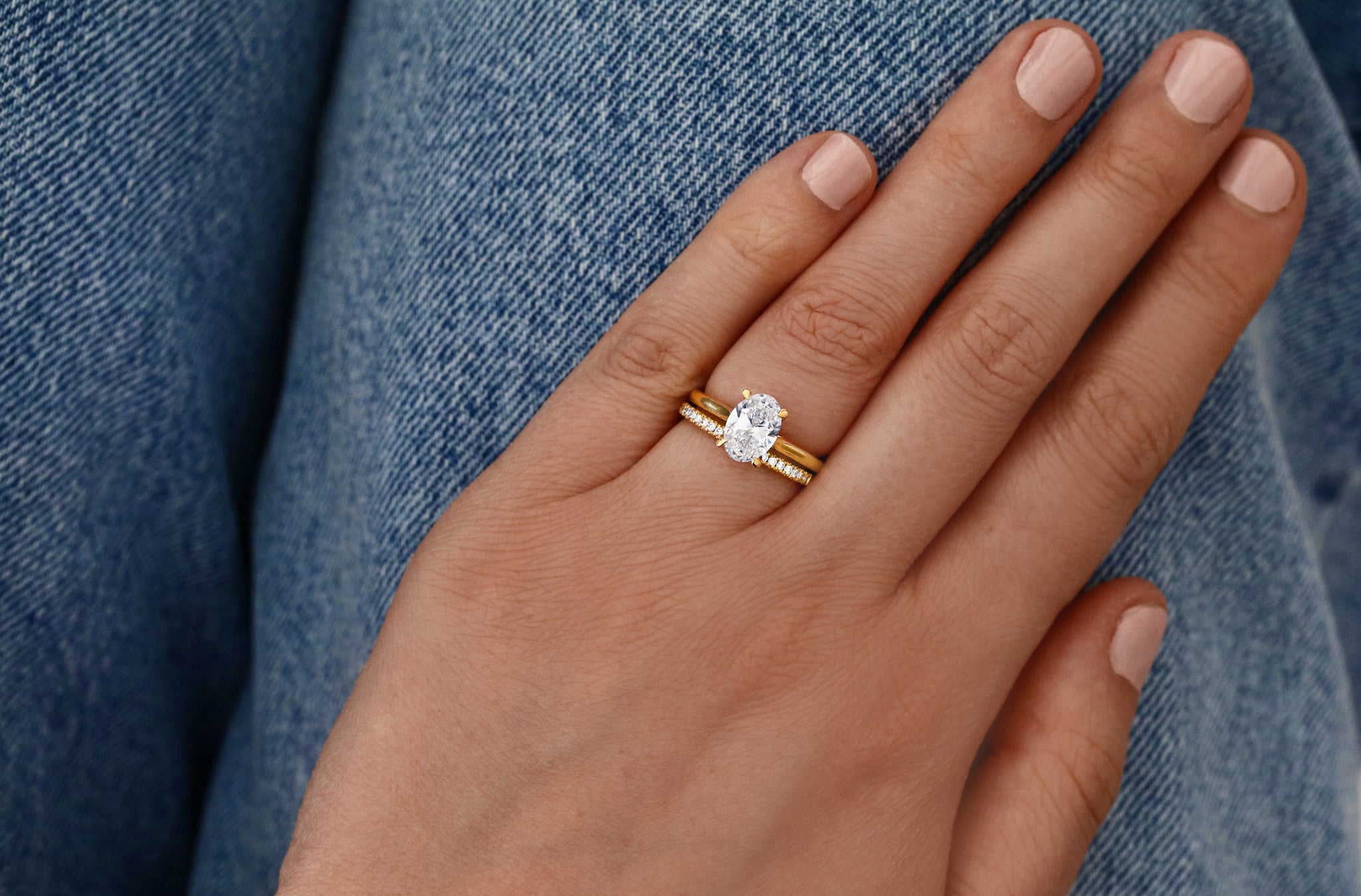
In the realm of lab grown diamonds, two names stand out prominently: the International Gemological Institute (IGI) and the Gemological Institute of America (GIA). These institutions play a crucial role in assessing the quality and authenticity of diamonds, including lab grown ones. However, when it comes to choosing between IGI and GIA for lab grown diamonds, the decision isn’t always crystal clear. Let’s delve into the intricacies of each and discern which might be the better choice.
IGI and GIA
IGI (International Gemological Institute)
The International Gemological Institute, founded in 1975, has established itself as a trusted authority in the gemological world. It operates globally, offering grading and certification services for diamonds, colored gemstones, and jewelry. With a presence in major diamond trading centers, igi vs gia provides assessments that are recognized and respected across the industry.
GIA (Gemological Institute of America)
The Gemological Institute of America, founded in 1931, holds a venerable position as a pioneer in gemological research and education. Renowned for its rigorous standards and scientific approach, GIA certifications are highly esteemed worldwide. From grading diamonds to conducting research on gemstones, GIA’s contributions have shaped the gem and jewelry industry significantly.
Comparing Certifications
When it comes to lab grown diamonds, both IGI and GIA offer grading reports that provide valuable information about the stone’s characteristics. However, there are nuances to consider:
IGI Certifications
- Comprehensive Assessment: IGI’s reports typically include detailed information about a lab grown diamond’s color, clarity, cut, and carat weight.
- Cost-Effective Option: Some argue that IGI certification may be more budget-friendly compared to GIA, making it an attractive choice for those seeking value.
GIA Certifications
- Stringent Standards: GIA is renowned for its strict grading criteria, ensuring accuracy and consistency in assessments.
- Industry Standard: Many consider GIA certification as the gold standard in the diamond industry, offering reassurance regarding quality and authenticity.
Factors to Consider
Budget
For some consumers, the cost difference between IGI and GIA certification may be a determining factor. While GIA’s reputation comes with a price premium, IGI’s certifications may offer a more economical option without compromising on quality.
Industry Recognition
GIA’s longstanding reputation and widespread recognition within the diamond industry may sway those who prioritize pedigree and prestige. However, IGI’s global presence and reputable standards also make it a viable choice for many consumers.
Personal Preferences
Ultimately, the decision between IGI and GIA certification for lab grown diamonds may come down to personal preferences and priorities. Some may prioritize stringent grading standards, while others may prioritize affordability and accessibility.
Environmental Impact
An increasingly significant factor in the diamond industry is the environmental impact of diamond mining. Lab grown diamonds, by their very nature, bypass the environmental concerns associated with traditional mining. Both IGI and GIA recognize and certify lab grown diamonds, contributing to the promotion of sustainable practices within the industry. For eco-conscious consumers, opting for a lab grown diamond with either IGI or GIA certification can align with their values of environmental stewardship.
Emerging Trends and Market Dynamics
As the market for lab grown diamonds continues to evolve, new trends and dynamics emerge, shaping consumer preferences and industry practices. Both IGI and GIA play pivotal roles in adapting to these changes and setting standards that reflect the needs of the market. From innovations in diamond production techniques to shifts in consumer demand, staying informed about these trends can help consumers navigate the landscape effectively.
Consumer Education and Awareness
One crucial aspect of the diamond industry is consumer education and awareness. IGI and GIA not only provide certifications but also serve as educational resources, offering insights into diamond quality and value. Through their research publications, seminars, and online resources, both institutions empower consumers to make informed decisions about their diamond purchases. By understanding the nuances of diamond grading and certification, consumers can confidently select lab grown diamonds that meet their criteria for quality and authenticity.
Conclusion
In the debate of IGI vs. GIA for lab grown diamonds, there’s no one-size-fits-all answer. Both institutions offer credible certification services backed by years of expertise and industry recognition. Whether you opt for IGI or GIA ultimately depends on your individual needs, preferences, and budget considerations.
When embarking on your journey to acquire a lab grown diamond, it’s essential to weigh the pros and cons of each certification option carefully. By doing so, you can make an informed decision that aligns with your values and desires.


